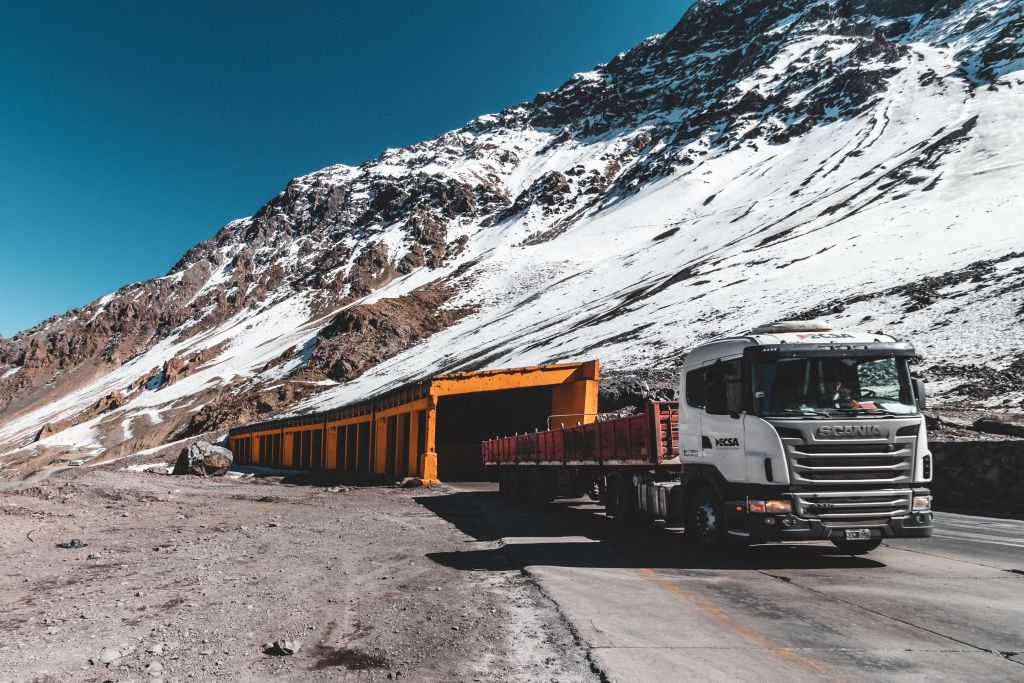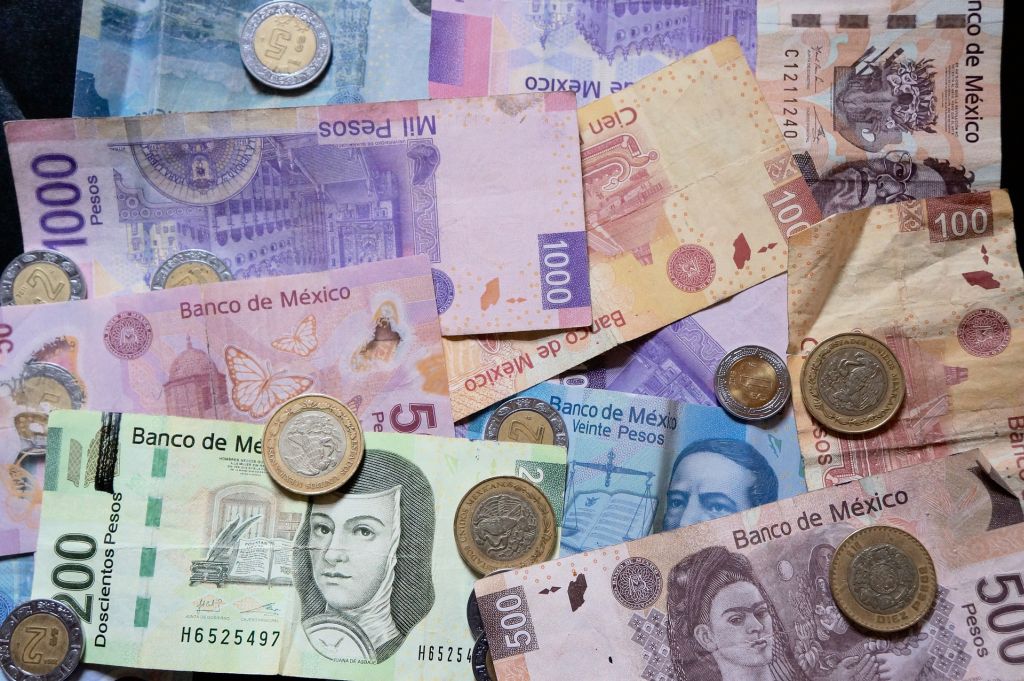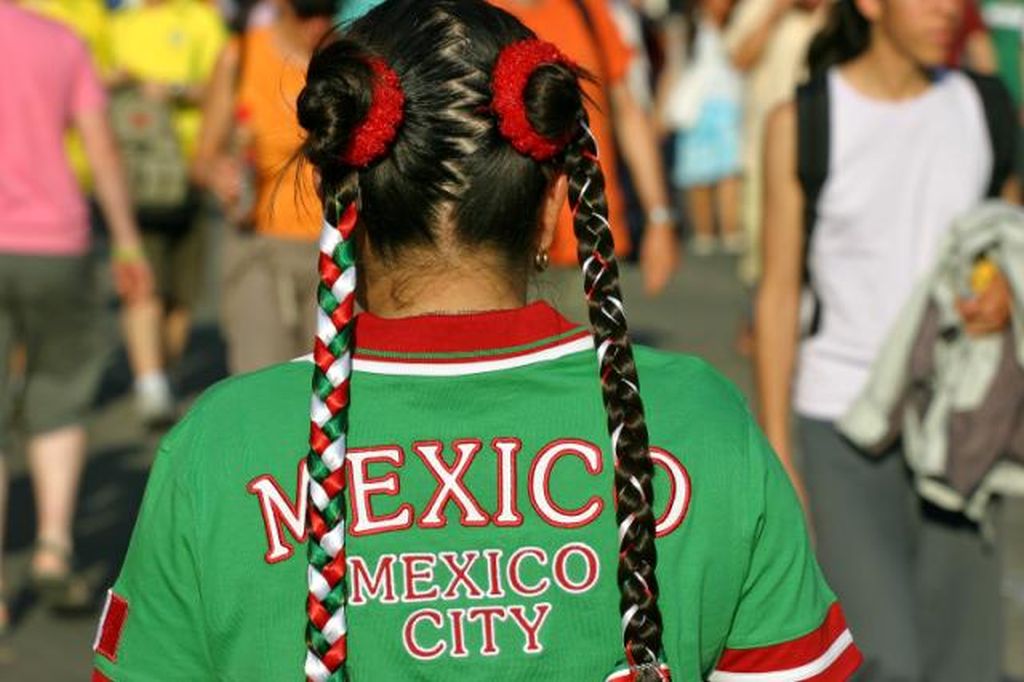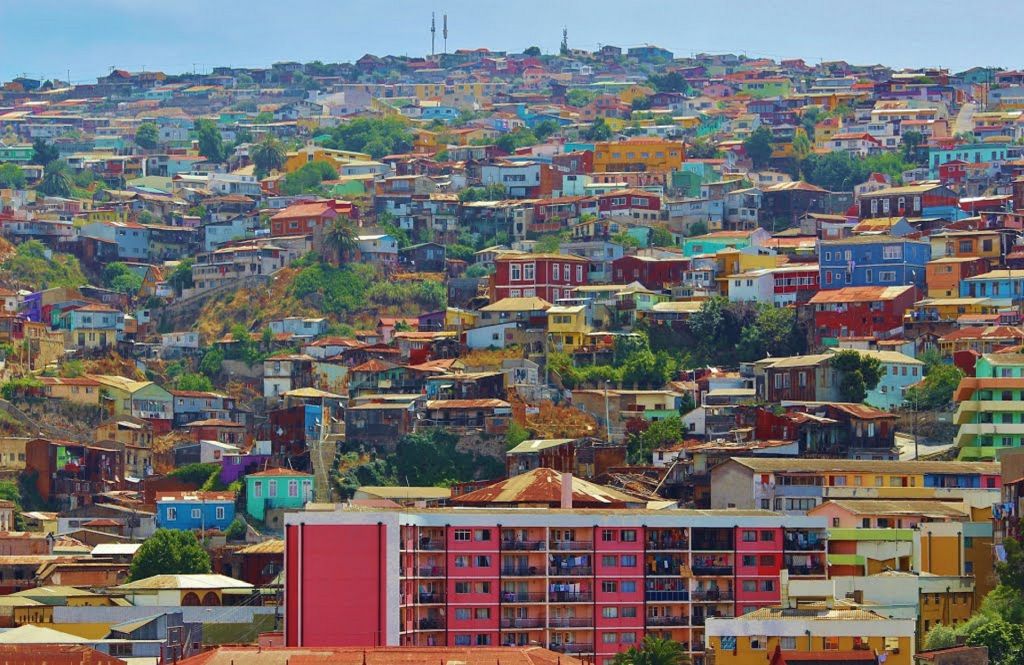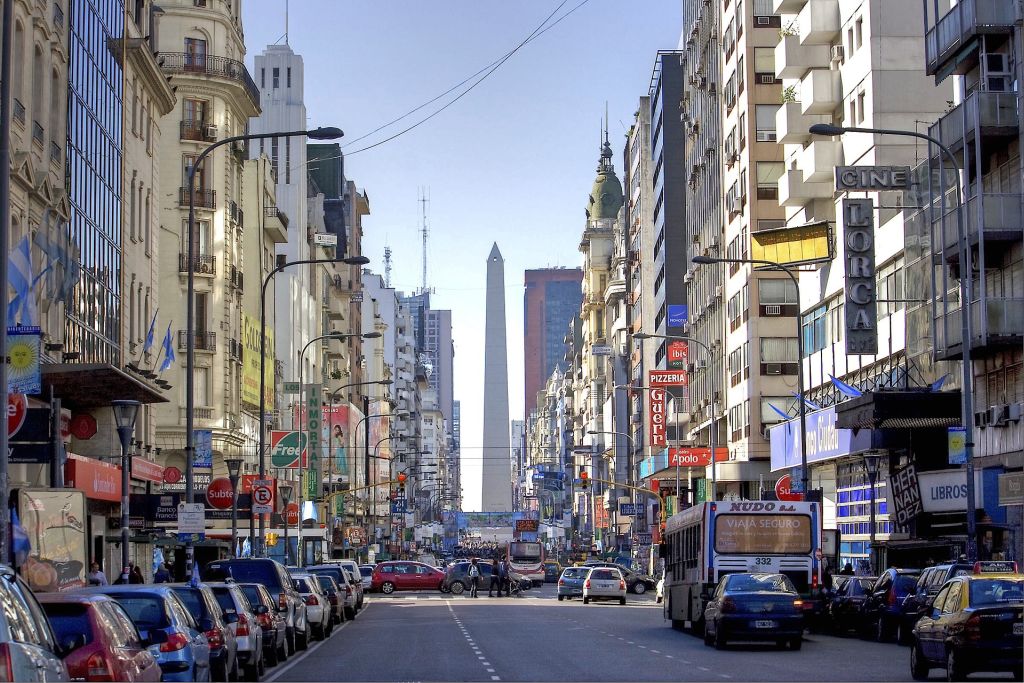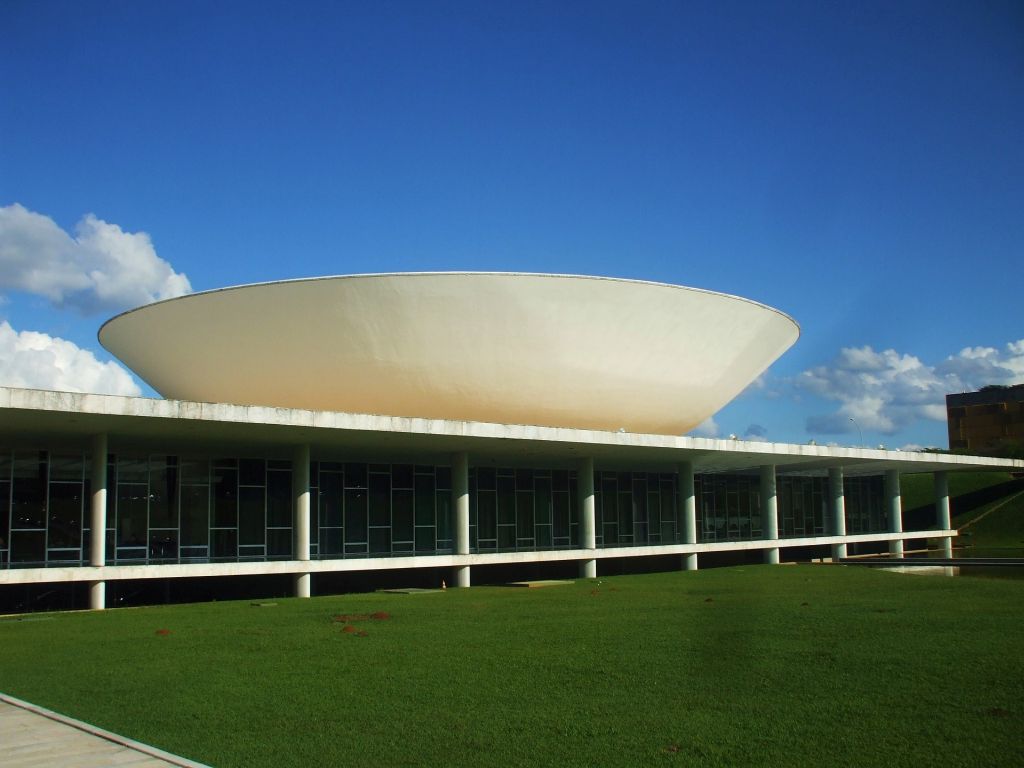Is the election result in Chile the beginning of a shift to the right in Latin America?
In Chile, the political right has now total control in the drafting of the new constitution. Yet President Gabriel Boric was elected only a year ago with a left-wing majority. A similar pendulum swing to the right could soon be repeated in Argentina and, in the medium term, in Brazil or Colombia.
by Alexander Busch, Latin America correspondent for Handelsblatt and Neue Zürcher Zeitung
In one and a half years, the political mood in Chile has completely changed. As recently as December 2021, a majority elected former student leader Gabriel Boric and his left-wing governing coalition.
Now the majority of Chileans voted right-wing conservative in the elections to the Constitutional Council. The Republican Party around former presidential candidate José Antonio Kast experienced a landslide victory. Together with the traditional right, they now have a qualified majority in the Council. The council is to draft the new constitution by November. Boric’s left-center coalition did so poorly that it does not even have a veto power in the body.
This has created the paradoxical situation that a right-wing party that never wanted a new constitution will control the drafting of a new Basic Law.
The reason for the change in Chile’s voting behavior can be explained by the weak performance of the Boric government. Two-thirds of the people in Chile reject his center-left government. The population is concerned about high crime, recession and high inflation, as well as immigration. Right-wing parties traditionally score well on these issues.
Although in 2020 almost 80 percent of Chileans still wanted a new constitution, this is no longer so important to them. They have other more existential problems. In addition, voting fatigue is spreading in Chile: The 15 million voters have been called to the polls seven times since then.
It will now be exciting to see whether Kast and his party will seize the opportunity and actually draft a new bill. The majority of Chileans want more social democratic elements to be integrated into the existing constitution. However, it is also quite possible that Kast and his political comrades-in-arms will take a confrontational course. They could try to turn right-wing conservative demands such as the one for a general ban on abortion into constitutional laws.
If so, there would be a strong likelihood that the next vote in December would also reject this bill – as it did the previous left-wing version in September 2022. A rejection would reduce Kast’s future political chances.
The majority of investment banks have welcomed the result of the vote in Chile. They now hope that the general uncertainty about the future constitution and the economic course of the Boric government will be reduced and investors will regain confidence in the Andean country. Nevertheless, political tensions will continue.
However, it is quite possible that this shift to the right could be repeated in other countries in the region in the short to medium term. In other words, everywhere where the ruling left-wing governments are not very successful in addressing the concerns and needs of the citizens.
This is the case in Argentina, for example, where a conservative government will probably be elected in October – after the politically weak term of office of the Peronist Alberto Fernández. But Gustavo Petro in Colombia and even Luiz Inácio Lula da Silva are already showing clear signs of weakness at the beginning of their governments.
